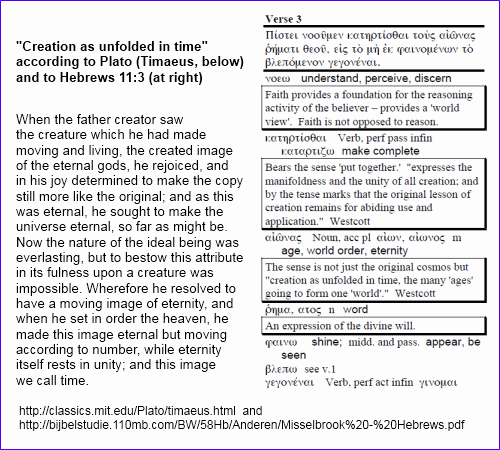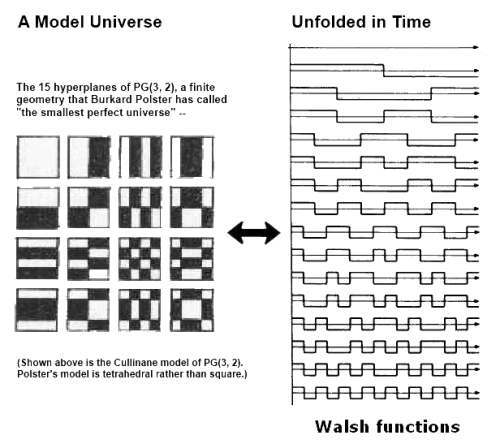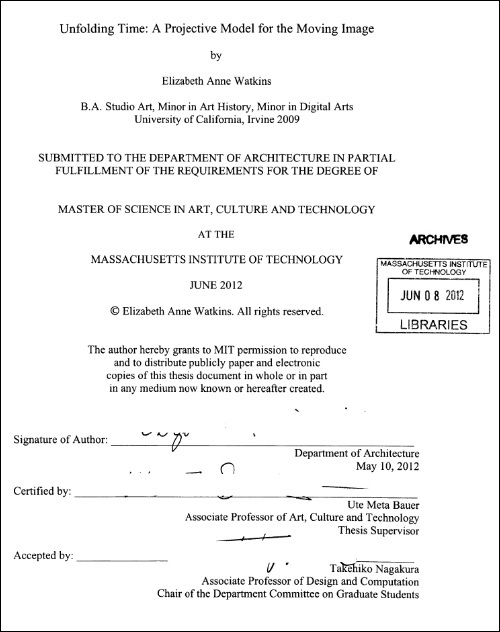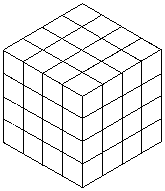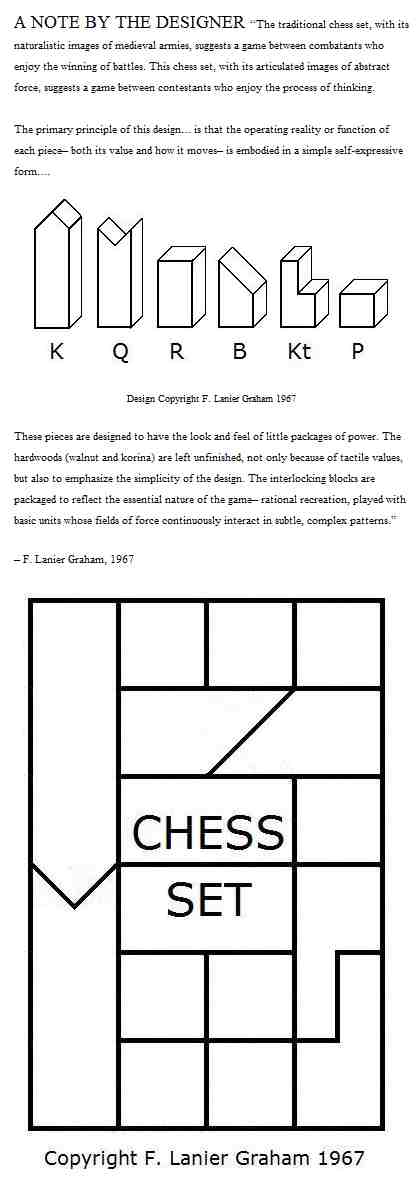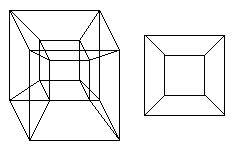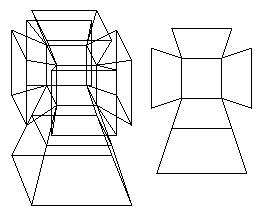From a New York Times book review of a new novel about
Timothy Leary that was in the Times online on April 10 —
"Most of the novel resides in the perspective
of Fitzhugh Loney, one of Leary’s graduate students."
"A version of this article appears in print on ,
on Page 10 of the Sunday Book Review with the headline:
Strange Days."
For material about one of Leary's non -fictional grad students,
Ralph Metzner, see posts now tagged Metzner's Pi Day.
Related material —
The reported publication date of Searching for the Philosophers' Stone
was January 1, 2019.
A related search published here on that date:
* Title suggested by two of Ralph Metzner's titles,
The Expansion of Consciousness and The Unfolding Self .






